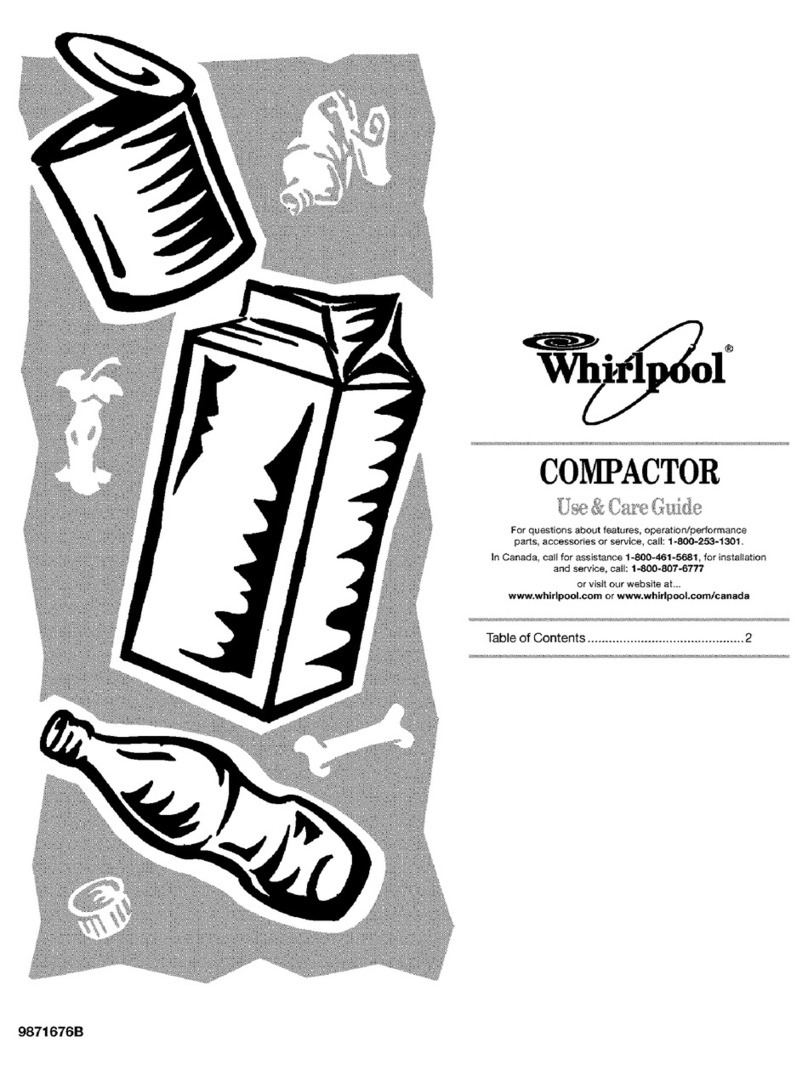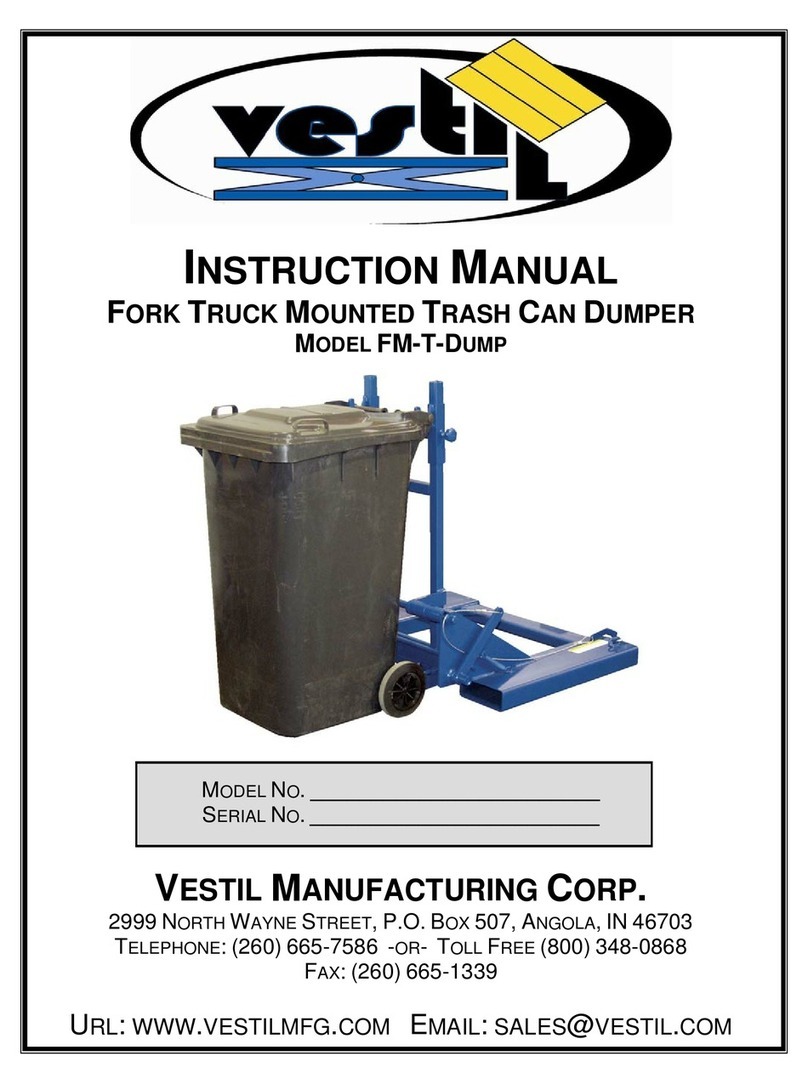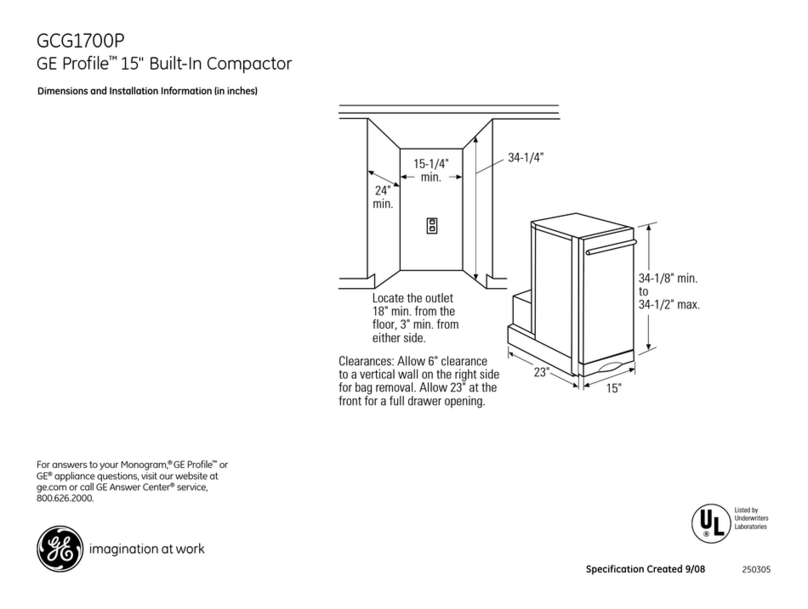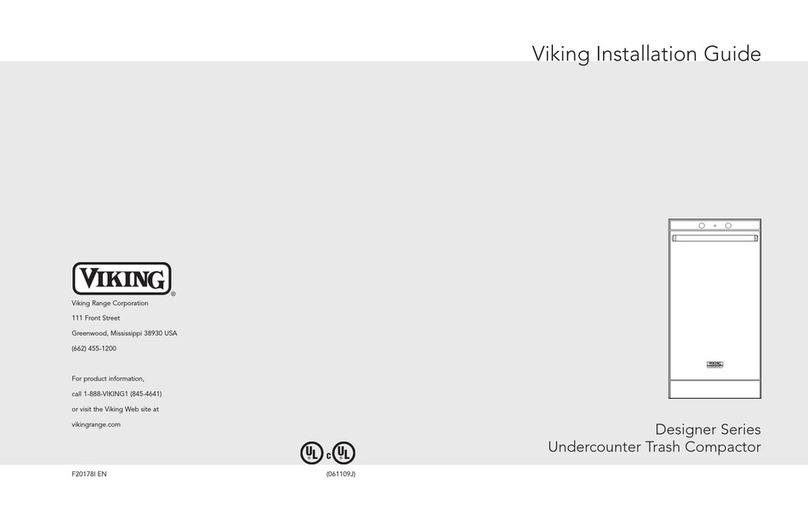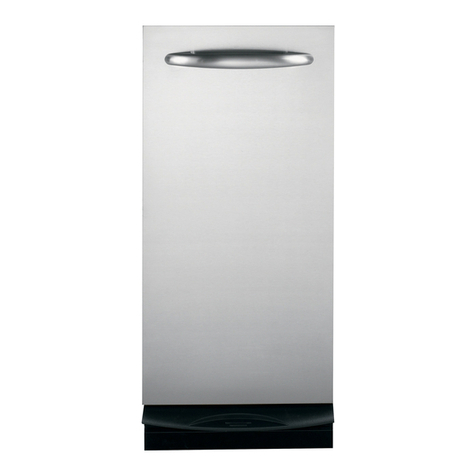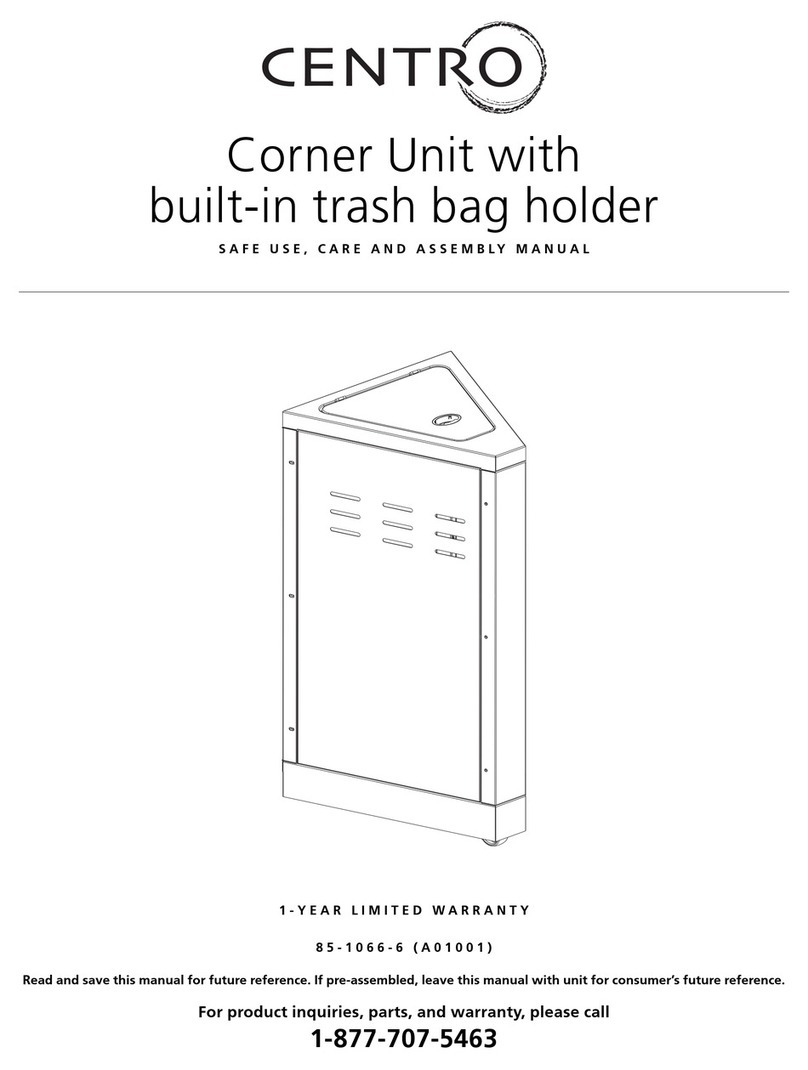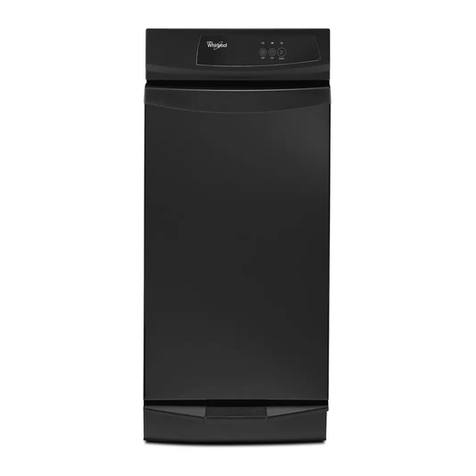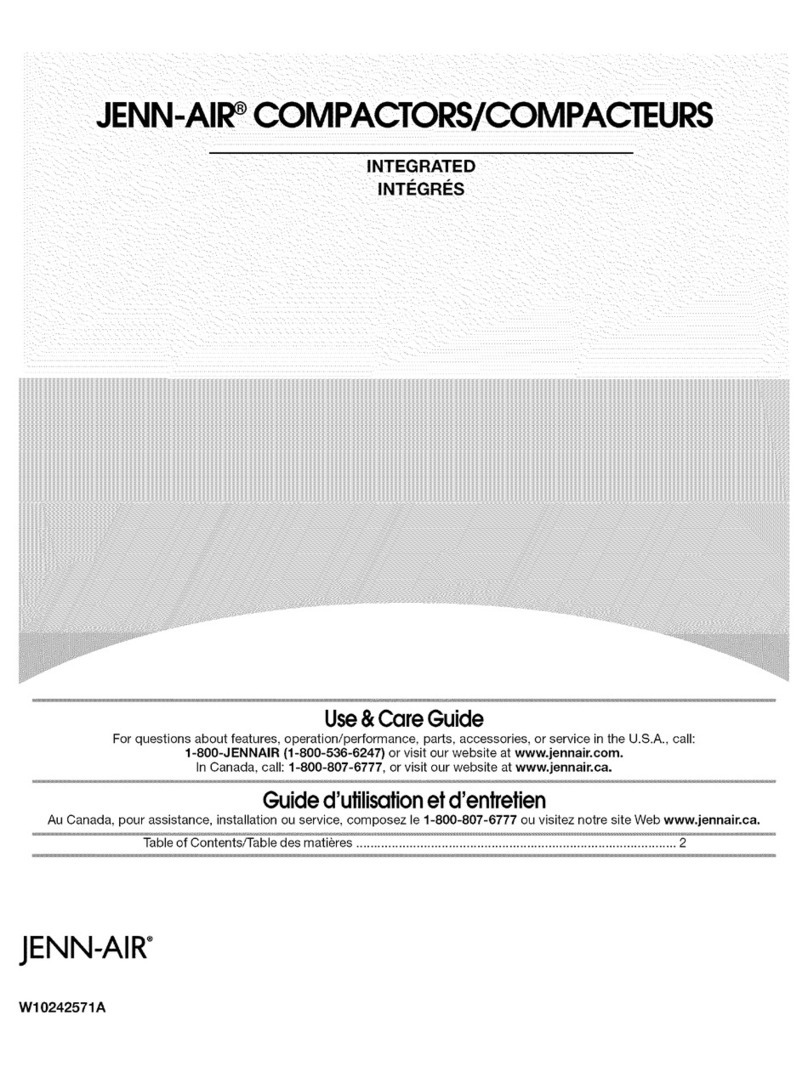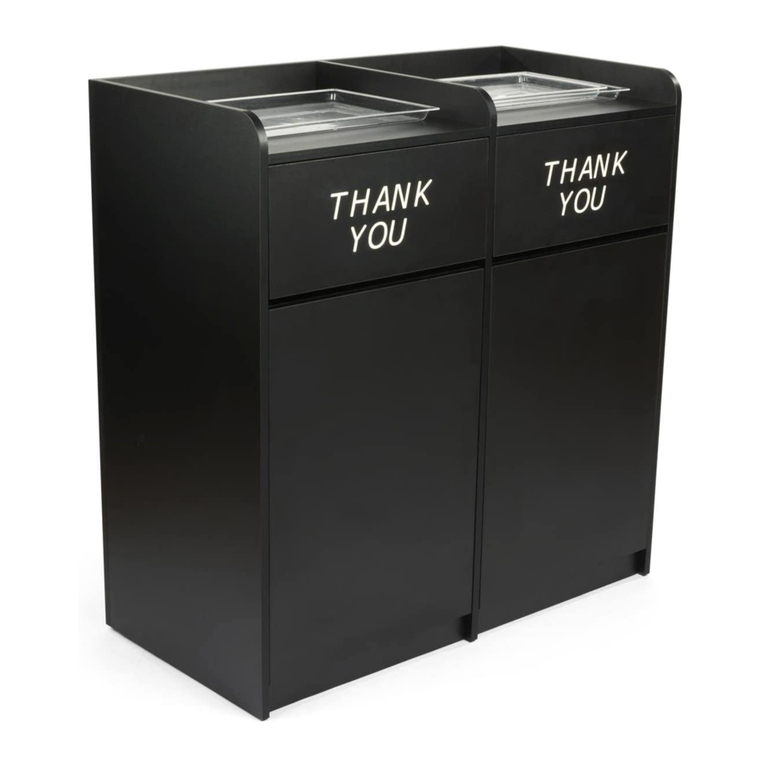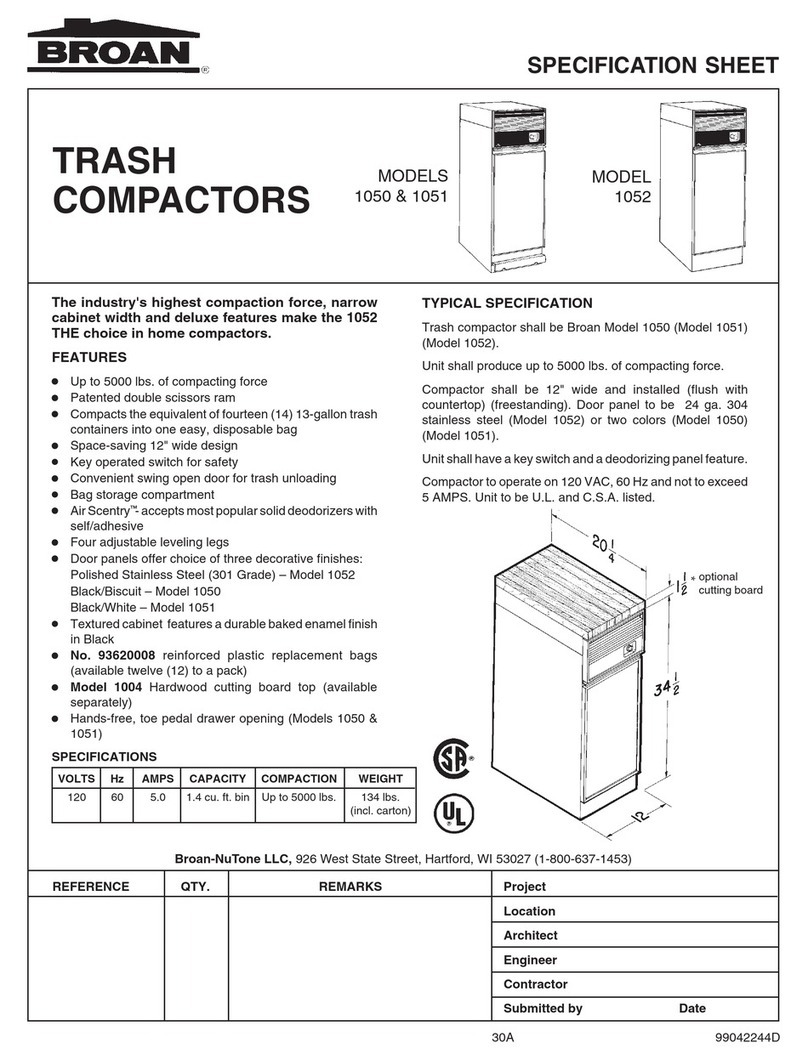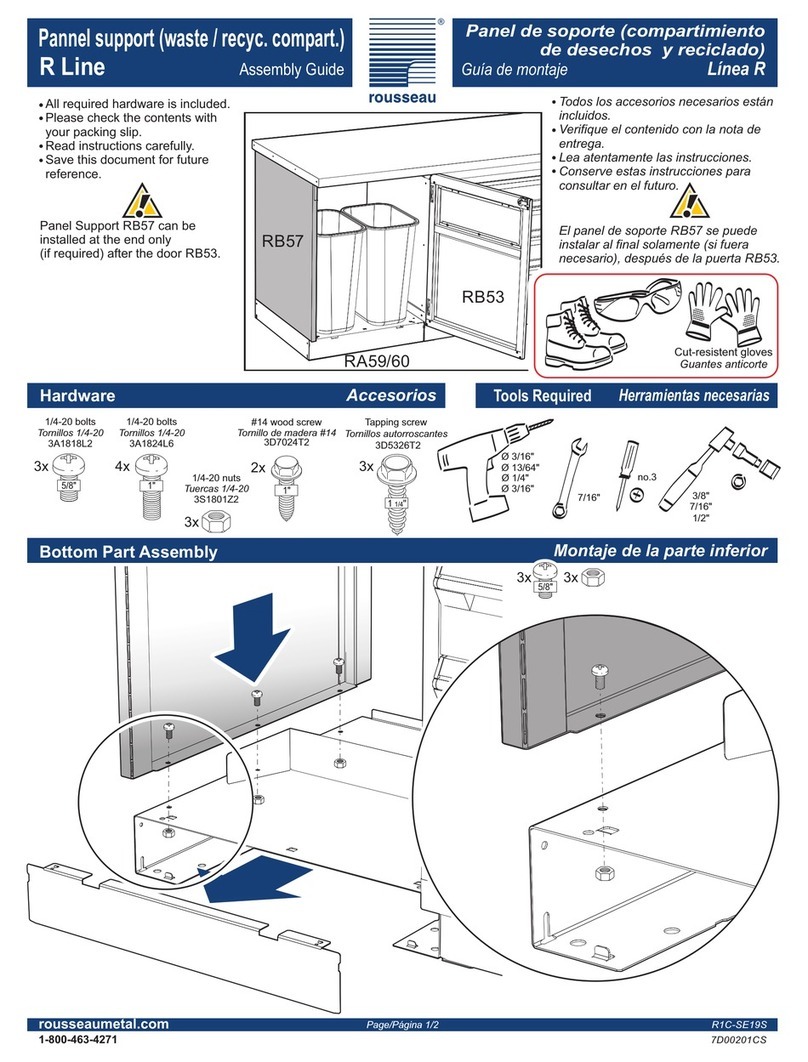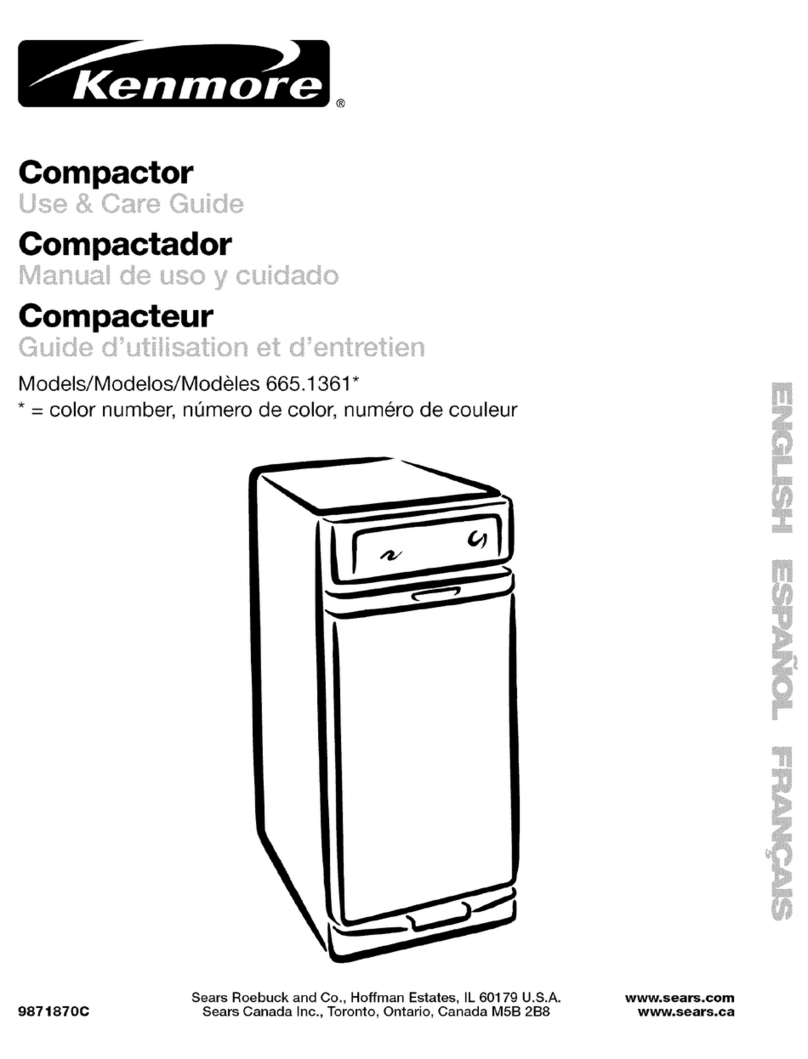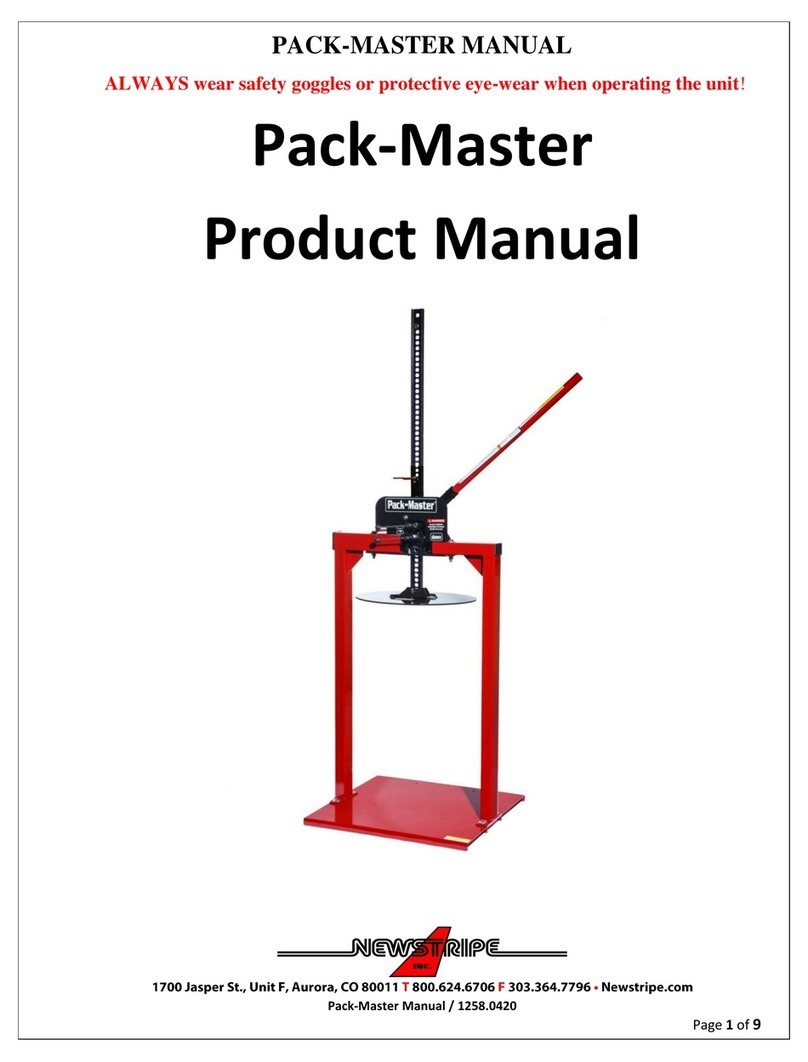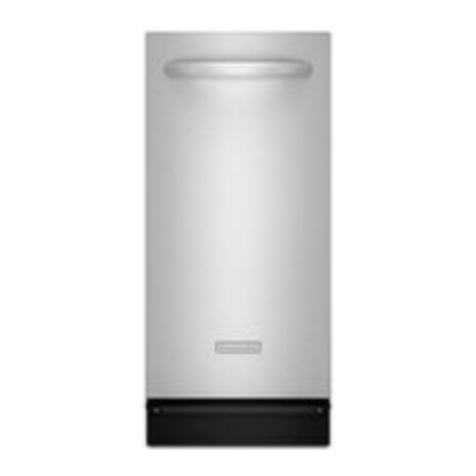
6
CARE AND PREVENTIVE MAINTENANCE
Check the oil level in the motor crankcase daily.
Inspect the rubber anti vibration mounts for wear or deterioration.
If the optional water tank is equipped, inspect the water hose and its connections to ensure that they donot leak. Clean
the underside of the plate regularly to prevent a build up of material.
CAUTION:
Inspection and other services should
always be carried out on hard and level
ground with the engine shutdown.
Inspection and Maintenance Service Tables.
To make sure your plate compactor is always in good
working condition before using, carry out the
maintenance inspection in accordance with Tables 1
through 3.
TABLE 2. ENGINE CHECK
(For details, see separate engine Manual)
Item Hours of Operation
Leakage of oil fuel Every 8 hours (every day)
Loose or missing
hardware Every 8 hours (every day)
Engine oil check and
replenishment
Every 8 hours (every day)
(Replenish to specified
Max. level)
Engine oil
replenishment At first 20 hours, then
every 100 hours
Air cleaner cleaning Every 50 hours
CAUTION:
These inspection intervals are for
operation under normal conditions.
Adjust your inspection intervals based
on the number hours plate compactor is
in use, and particular working conditions.
Daily Service
zCheck for leakage of fuel or oil.
zRemove soil and clean the bottom of compaction plate.
zCheck engine oil.
zCheck for loose screws including tightness. See Table 3 above (tightening torque), for retightening.
CAUTION:
Fuel piping and connections
should be replaced every 2
years.
TABLE 1. MACHINE INSPECTION
Item Hours of Operation
(Starting check) Every 8 hours (every day)
Loosened of lost screws Every 8 hours (every day)
Damage of any part Every 8 hours (every day)
Function of machine
controls Every 8 hours (every day)
Vibrator oil check Every 100 hours
Vibrator oil replacement Every 200 hours
V-belt (clutch) check Every 200 hours
TABLE 3. TIGHTENING TORQUE (in. kg/cm) Diameter
Material6mm 8mm 10mm 12mm 14mm 16mm 18mm 20mm
4T 70 150 300 500 750 1100 1400 2000
6-8T 100 250 500 800 1300 2000 2700 3800
11T 150 400 800 1200 2000 2900 4200 5600
* 100 (6mm) 300-350 (8mm) 650-700 (10mm)
*(In case counter-part is of aluminium)
(Threads in use with this machine are all right handed)
Material and quality of material is marked on each bolt, and
screw.
